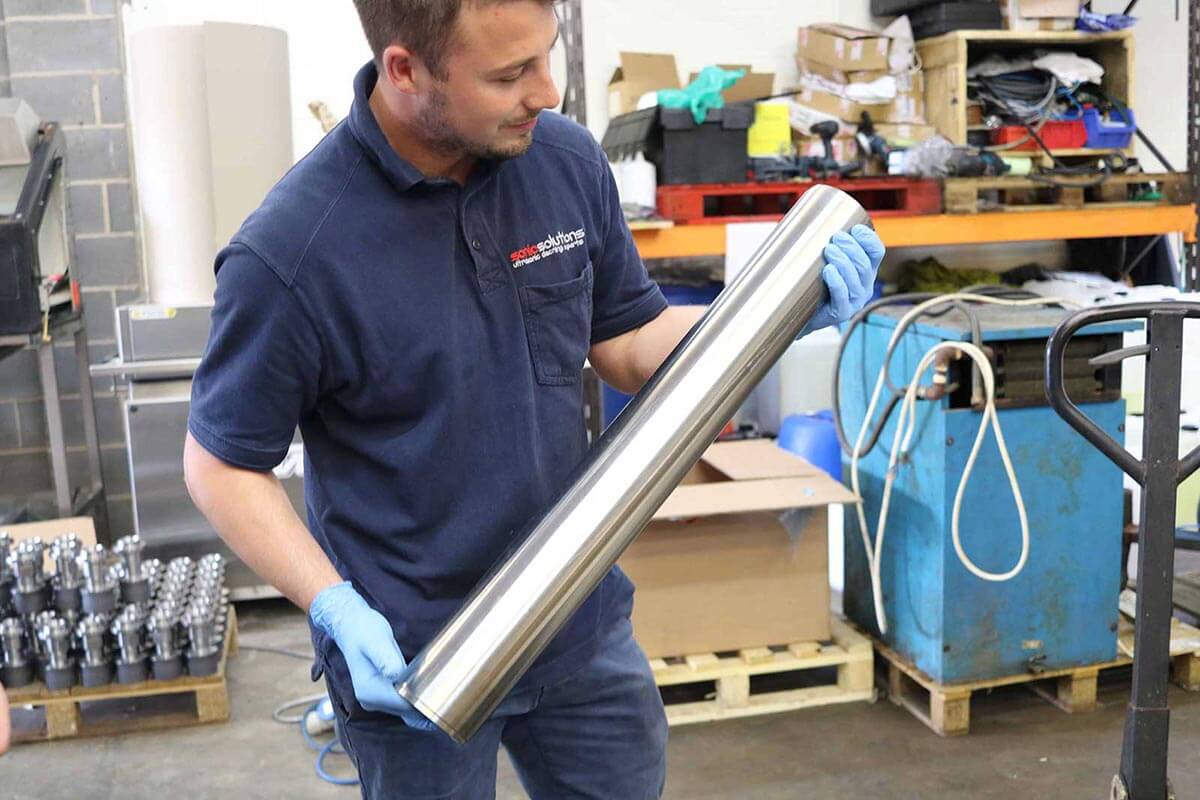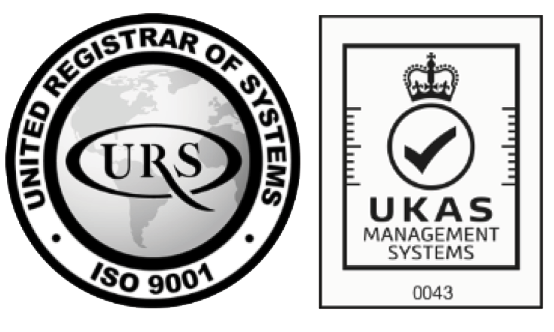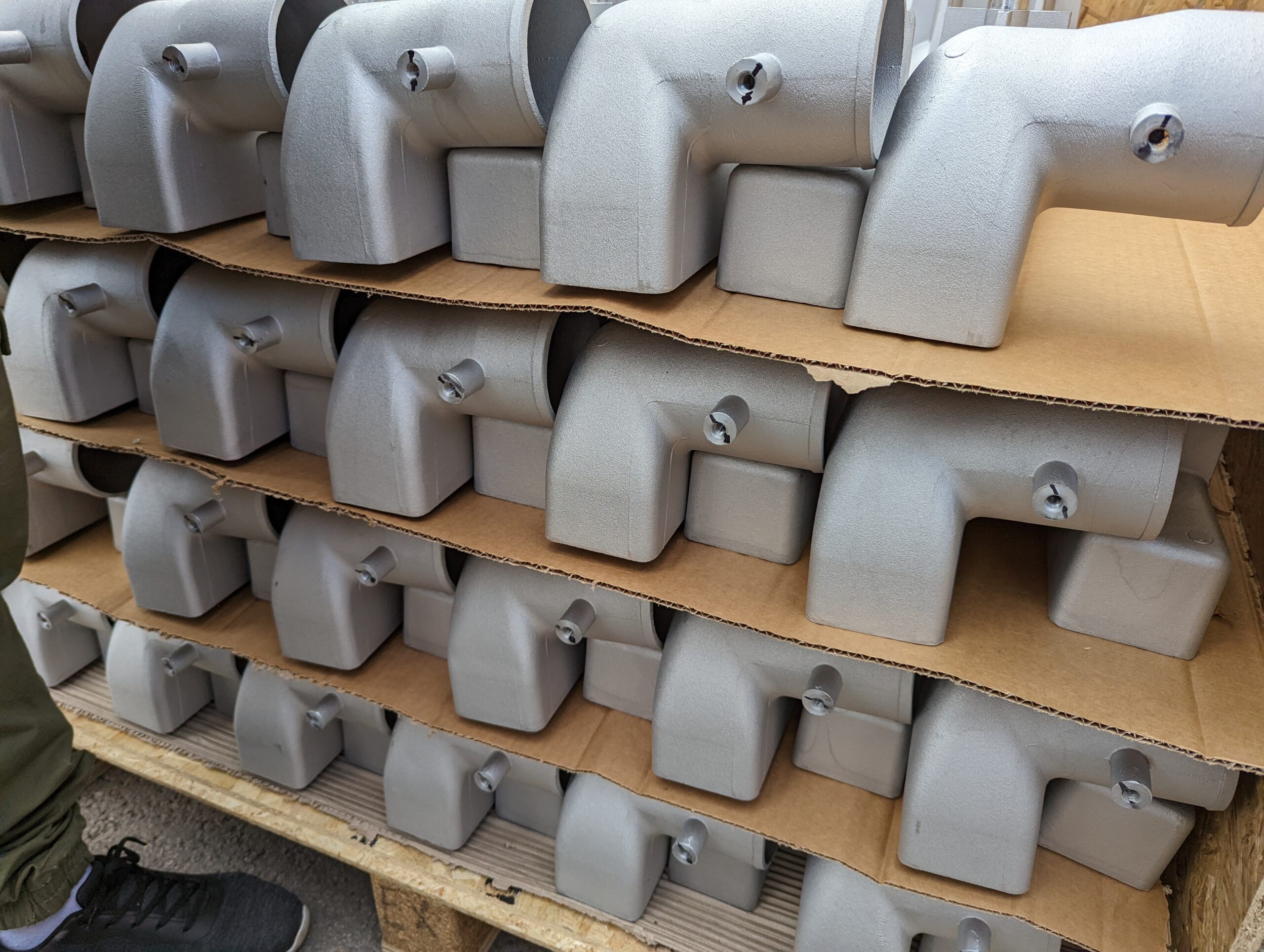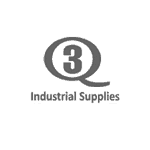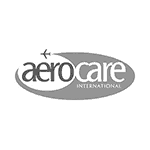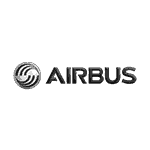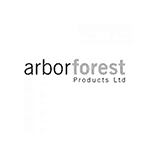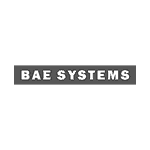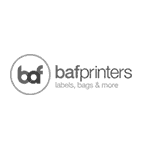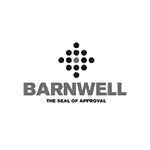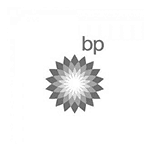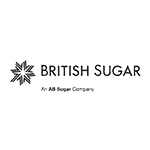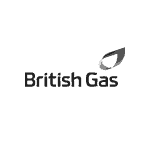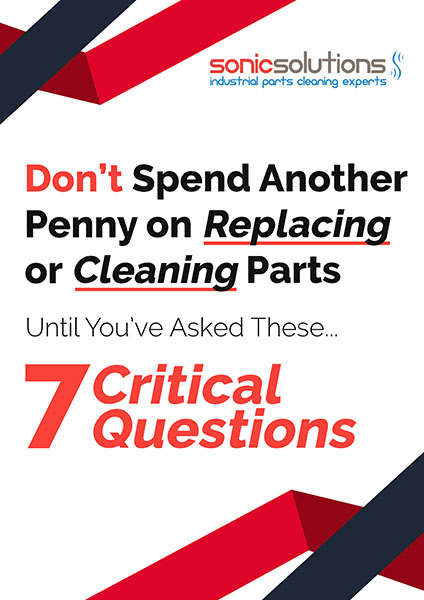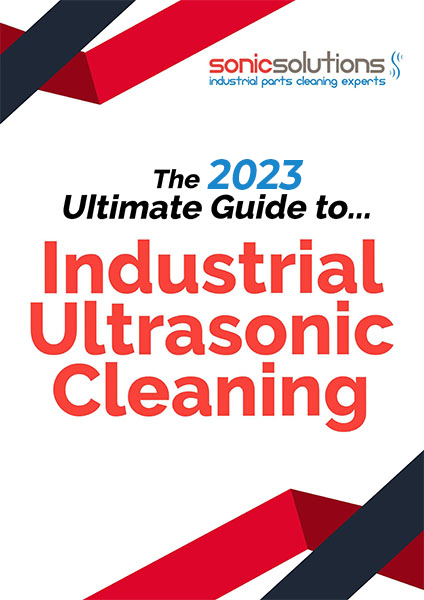How to Specify the Level of Cleanliness Required ?
For friendly & knowledgable help contact us on:
01924 495 975 hello@sonicsolutionsltd.com Open Contact Form
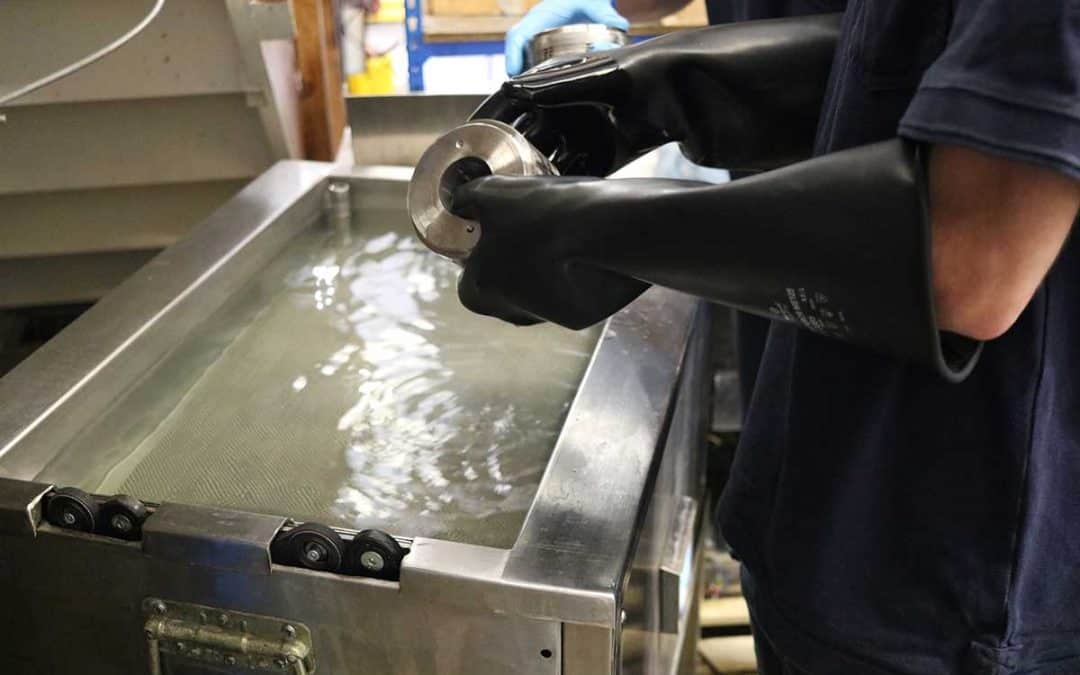
A lot of people ask the question “How clean can the process get these parts ?) However the appropriate question is “How clean do your parts need to be ?”. This is ALWAYS determined by the next process or use of the parts concerned. If a part is being painted/coated/treated/used in the next process to becoming a finished product then that subsequent process will define the level of absence of particles, hydrocarbons or other substances from the part’s surface to enable a satisfactory outcome. To determine a level of cleanliness without considering the requirements of the next process is like setting off on a journey without a destination. You can either not get there or you can go way beyond where you need to be. Both are costly in different ways.
So NEVER start by specifying the level of cleanliness a cleaning process achieves. ALWAYS start by specifying the level of cleanliness required by the next process that part goes through. AND remember that only the next process is important. If another process down the line also requires a specific level of cleanliness, then that must be addressed at the stage prior to entering that process. Each process introduces potential contamination which must be addressed after the process, not before.
Whilst this all sounds complicated in fact it simplifies and reduces the cleanliness specification at each point in the overall process.
There will usually be very clear guidelines as to the level of cleanliness required by a process, defined from amongst the following:
- Maximum size of permissible particulate contaminants
- Maximum volume of permissible particulate contaminants
- Maximum level of permissible organic/hydrocarbon residue
- Maximum level of permissible chlorine, halides or other soluble inorganic residue
You will note that every part of the specification states “maximum level of permissible contaminant”. WHY ? Because you can never guarantee the complete absence of anything, just its absence above a certain level.
Going through the exercise of defining the level of cleanliness you actually require will make the specification of cleaning process, and the systematic control of that process so much easier and more successful.

